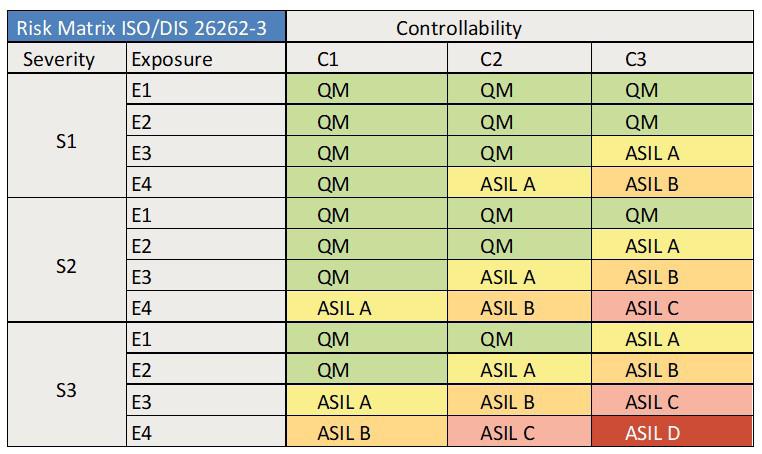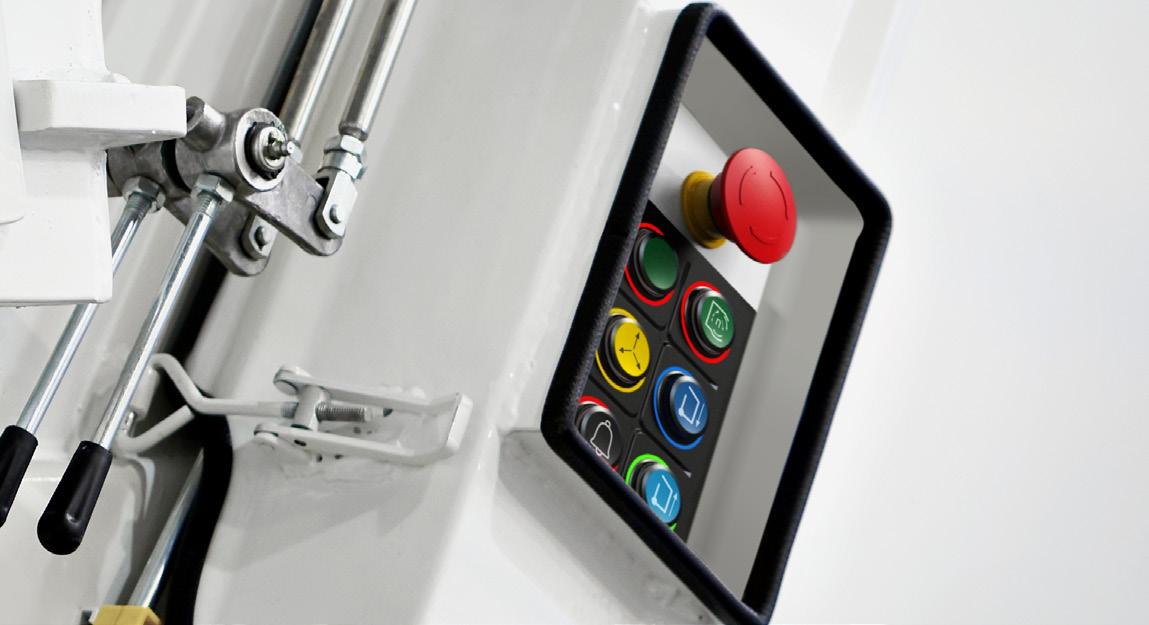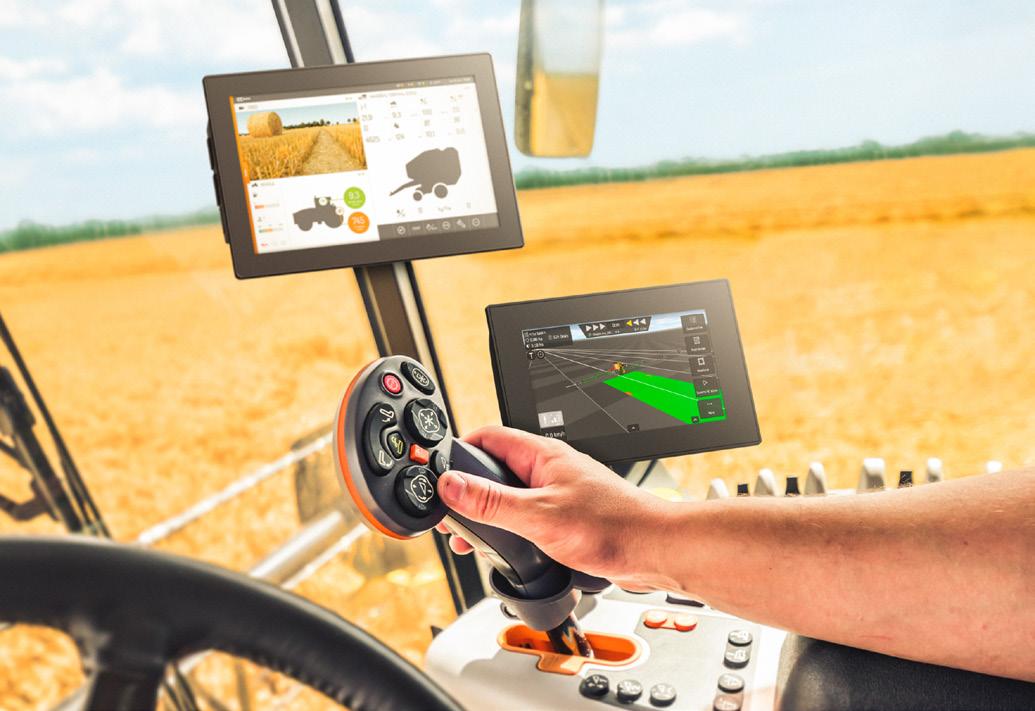
5 minute read
Functional Safety: What Is It and What Do OEMs Need to Know?
safety. The ISO 26262 standard is one of the standards that applies to vehicles containing safety electronics.
This standard was expanded to explicitly include all road vehicles in its second edition in December 2018. Machinery and vehicles should be considered separate applications, and specific technical standards must be considered. Functional safety matters, or rather, the currently applicable standards in this area are often the subject of legal disputes.
Failing to respect them may be seen as gross negligence. The company may be liable if people are injured. If an OEM neglects functional safety, personnel on the team are putting their company and end users of their products at great risk.
Functional Safety Is a Corporate Obligation
Vehicles and components of vehicles that do not ensure functional safety pose a big risk to their end users, their environment and their manufacturers. Conversely, functional safety in vehicles protects manufacturers from legal ramifications and financial damages. In this respect, companies that may be prosecuted and employees, such as a development manager deemed responsible for a failure. Lawmakers provide for compensation payments or prison sentences in such cases. Products with insufficient functional safety may result in recalls. Reputational damage may cause long-term financial losses.
Addressing the issue of functional safety is a corporate obligation. For OEMs of safety applications, this means developing a safety culture that also intervenes in management and support processes: functional safety management. At the same time, applying the relevant standards and certifications presents an opportunity that goes beyond product safety and avoiding legal ramifications: the application of the relevant standards increases the quality standards. In actuators and indicators, for example, this affects their switching safety and reliability.
Table 2. Risk table
EAO CORPORATION
A Safety Strategy Allows for Responsibility
Functional safety is the responsibility of the company that brings a product to market. The company depends on components that will not cause injury.
The task of such companies is to perform a risk analysis for their overall product as a whole and determine the necessary safety level for it. To this end, the relevant standards define what are known as Safety Integrity Levels (SIL) or Performance Levels (PL) for machine applications (see box on page 2). The safety level must be broken down for each individual component and its respective application. Specific requirements for supplier components can then be derived accordingly. The safety level required for the same component from a supplier for customer A may differ from that for customer B. In each case, the application determines the safety level. For this reason, a safety strategy is required. All manufacturers of heavy duty and special vehicles must determine the following: Which components require which safety level? How do they need to respond to random errors? For some applications it is sufficient to inform the user that a workshop visit is necessary – for other applications, an emergency strategy is implemented in parallel. In other cases, a response must be triggered. This response will then ensure, for example, that a heavy duty or special vehicle can then only be maneuvered at a limited speed. In the case of particularly critical errors, it may even be necessary to stop the vehicle moving altogether.
Standards show manufacturers how to achieve the Safety Integrity Levels (SIL) and define risk classification parameters. Risk classification focuses on the questions: How serious are the consequences of the various errors? How often do these errors arise? How successfully can they be managed? The answers to these questions determine the “severity” of the risk classification (see Table 1).
Questions Responses
What injuries (S for severity) will an error cause? S0: none S1: mild to moderate S2: severe, survival likely S3: very severe, survival unlikely
How likely is it (E for exposure) that the error will occur? E1: very low probability E2: low probability E3: medium probability E4: high probability
How easy to control (C for controllability) is the error?
C0: controllable in general C1: easy (99% of drivers) C2: normal (90% of drivers) C3: difficult (by under 90% of drivers)
Table 1. Determining the ASIL for a vehicle application
As mentioned above, each application must be considered separately; for example, the braking system will have a high safety level, while a different safety level may be adequate for one of its subsystems, such as the anti-locking system. The risk assessment covers Levels 1 to 4, and the designations may differ slightly depending on the standard being applied. For example, machinery standard EN ISO 13849 defines performance levels, classified from A to E. Meanwhile, the ISO 26262 standard, applicable to vehicles, has Automotive Safety Integrity Levels (ASIL) ranging from A as the lowest safety level to D as the highest (see Table 2). Independent test laboratories or other assessment procedures are prescribed depending on the safety level.
Discipline-Specific Standards Serve As the Basis
Functional safety and the related standards require management systems with defined development processes. The verification and validation model can be used to organize these processes into different phases—starting with risk analysis. In this respect, functional safety requires further-reaching than conventional development processes: fault tree analyses assess the reliability of technical systems and the likelihood that they will fail and form the basis for the safety strategy Inspection and documentation of the processes are also labor-intensive and must prove all the requirements and trace all the steps. EAO CORPORATION IEC 61508 is the basic functional safety standard, and disciplinespecific detailed standards have been derived from it for different sectors. The ISO 26262 standard focuses on road vehicles and components that control driving functions. ISO 13849, on the other hand, applies to machine functions such as tippers, compactors and turntable ladders.
Stephan Hakuba is product manager for EAO Corporation.
Read More
https://oemoh.co/5rc65v

DISPLAY & ON-BOARD COMPUTING PLATFORM
Advertisement
CrossControl provides freely programmable, multi-functional display and onboard computing products, for instrumentation, video, process control, guidance and more. Products are available with an open software platform offering a choice of application toolchains like Qt, CODESYS and HTML5 At ConExpo CrossControl will showcase its new line of display computers in sizes 5”-12” based on iMX8 application processors. These products are characterized by faster boot time and much improved graphics performance compared to products based on earlier generations of ARM processors. Based on the same technology platform, the company will also showcase a concept where a central computing unit drives multiple monitors. The showcase will include advanced features like object detection using built-in AI acceleration, multicamera vision systems, and a window management framework enabling easy deployment of multiple applications in parallel. Visit CrossControl at ConExpo, Booth S60329, 1st Level.











